Stakeholder Identification and Community Engagement for Data Collection in Marginalised Populations
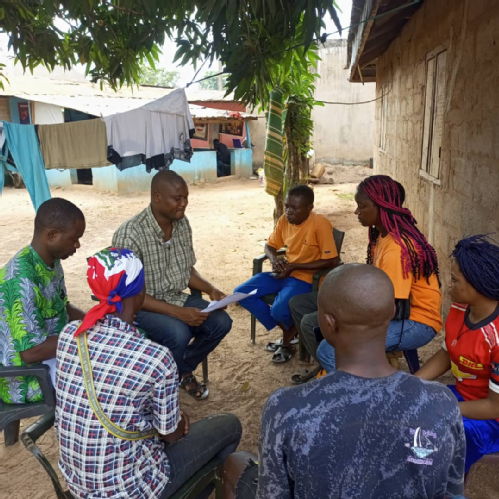
Ebonyi community engagement during December 2020 data collection on community-based intervention in the control of gender-based violence in Nigeria study (Source: Author)
Written by Aboluwaji Daniel Ayinmoro
Stakeholder identification and community involvement in research are increasingly considered as prerequisites for successful data collection procedures within the global discourse of community engagement. However, there is concern about the low participation of several marginalised populations in data gathering processes because of mistrust, resistance and dissatisfaction brought on by their limited access to opportunities and resources, which are necessary for them to fully participate in society and live a decent live. If this issue is not resolved, it could lead to inaccurate collection of data and insufficient evidence-based policy interventions for marginalised communities.
The situations of marginalised populations and poor participation in data collection
The number of marginalised groups in Nigeria is steadily rising as a result of poverty, conflicts, and natural disasters. The most vulnerable categories of people to the detrimental effects of this situations are those who live in slums, internally displaced people (IDPs), women and people living in rural riverine areas. This is because, among other things, they are the population most at risk of violence and having restricted access to resources like the health care system and portable water. Their level of poverty and social exclusion are made worse by these circumstances. Why poor participation in data collection? There are several reasons for poor participation in most evidence-based policy driven intervention programmes. First, a lack of feedback on the results of earlier data collection efforts has left community members excessively bored with data gathering process. Second, in certain marginalised groups, local authorities always hijack interventions. As a result, each researcher coming for data gathering must be screened by the local authorities before any data collection can begin.
Overcoming the challenges of poor participation in data collection process
There are measures that need to be made to address these difficulties in obtaining reliable data in marginalised areas, based on first-hand experiences in slum and community-based interventions research. The first step in data gathering procedures is to identify the stakeholders. This is necessary for sorting out all parties involved, direct or indirect, based on how the research's findings would impact them. Most studies that span marginalised populations often identify three categories of stakeholders: primary, secondary and key stakeholders.
- Primary stakeholders: They are the community people who stand to be directly affected either positively or negatively by the research efforts. The primary stakeholders in research conducted in most marginalised communities are the community members themselves, including their heads and leaders of community sub-groups (gate keepers and community champions), as they stand to gain from the findings.
- Secondary stakeholders: They are the people who stand to be indirectly affected either positively or negatively by any research effort. The involvement of experts in the study of interest, such as health professionals for health interventions in communities is a good example of secondary stakeholder, while the involvement of community police officers in the study of community-based intervention in the control of gender-based violence is another example of secondary stakeholder.
- Key stakeholders: The key stakeholders are people who belong to either or neither of the first two groups, who can have a positive or negative influence on a research effort. The involvement of the state’s ethics office and the directors in the ministry responsible for the area of research interest are good examples of key stakeholders. Additionally, the funder of a research project can also be regarded as a key stakeholder since their funding will impact significantly on the outcome of the research effort.
Stakeholder mapping or analysis is necessary after the different categories of stakeholders have been identified. This is where the researcher[s] ascertains which stakeholders can have the greatest positive or negative impact on the research project.
Engaging community stakeholders for robust data collection
Researchers are required to take certain actions depending on the responsibilities that various types of stakeholders play in a research project in order to address the issues of mistrust, resistance, and suspicion of researchers by marginalised community members. First, as a key stakeholder in marginalised communities, it is crucial to receive ethical clearance from the state's ethics office. This is where permission to execute the research is granted by the state authorities. Secondly, the inclusion of secondary stakeholders in research pertaining to marginalised populations is recommended, subject to the nature of the study and its relationship to policy interventions. This is because, in addition to validating the data gathering tool, their contributions as professionals on the subject of investigation would act as gatekeepers for the marginalised groups. For example, it is imperative that health professionals be involved in the state of health in slums based on their knowledge of related issues.
While the engagement of the secondary and key stakeholders in data collection procedures in marginalised populations is essential for a successful data collection, the procedures for the engagement of primary stakeholders are more critical. This is because the primary stakeholders do not only remain the direct beneficiaries of the research outcomes but are typically more vulnerable to social exclusion than other categories of stakeholders. However, following the engagement of the key and secondary stakeholders in a research effort or an intervention project, a proper community entry is expected to be done by first informing, consulting and brainstorming with community heads and other leaders of community associations on the focus of the research project. By doing this, it would have yielded high level of adherence to ethical standards and perhaps lowest level of resistance in data collection. Involving the heads of the communities and other sub-group leaders in outreach to the community is the next action that has to be taken. In order to gather data in their communities, it could be feasible to recruit and train them as research assistants. As a result, community people feel more involved in the research project and have more confidence in it. Following data collection, feedback and dissemination workshops are required, with participation from representatives of all stakeholders, including the media. Finally, should the study require supports or interventions from the funder, non-governmental organisations or the government to the community, its implementation must not be disregarded and monitored.
Key conclusion
The key to sustainable community engagement in research within any study population for successful data collection in Nigeria, is building enduring relationships with all stakeholders and making sure that research findings are shared with all subjects. In addition to this, if there is any intervention that arises from the findings of the research, its implementation should not be compromised.
Resources
BMJ Global Health: https://gh.bmj.com/content/5/8/e003042.abstract
Global Call to Action Against Poverty: https://gcap.global/coalition/nigeria-2/
Author’s bio
Aboluwaji Daniel Ayinmoro is a Lecturer at the Department of Sociology, University of Ibadan, Nigeria. He has over five years of experience in teaching and research in Sociology, and Demography and Population Studies. He has expertise in community engagement and mixed-methods research that combines quantitative and qualitative approaches. He can be contacted via boluwajidaniel@ymail.com.
 Mouzayian Khalil
Mouzayian Khalil

 Please wait - comments are loading
Please wait - comments are loading

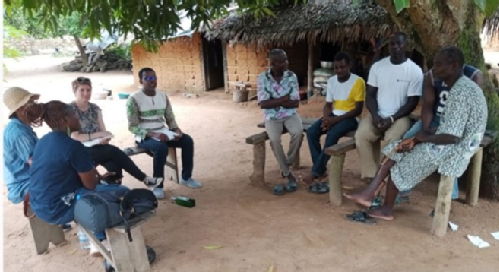

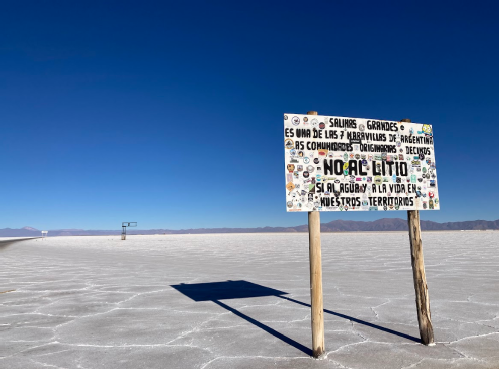




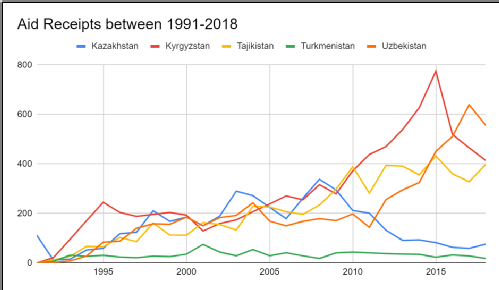
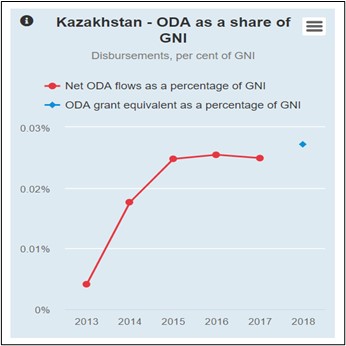

 Loading…
Loading…